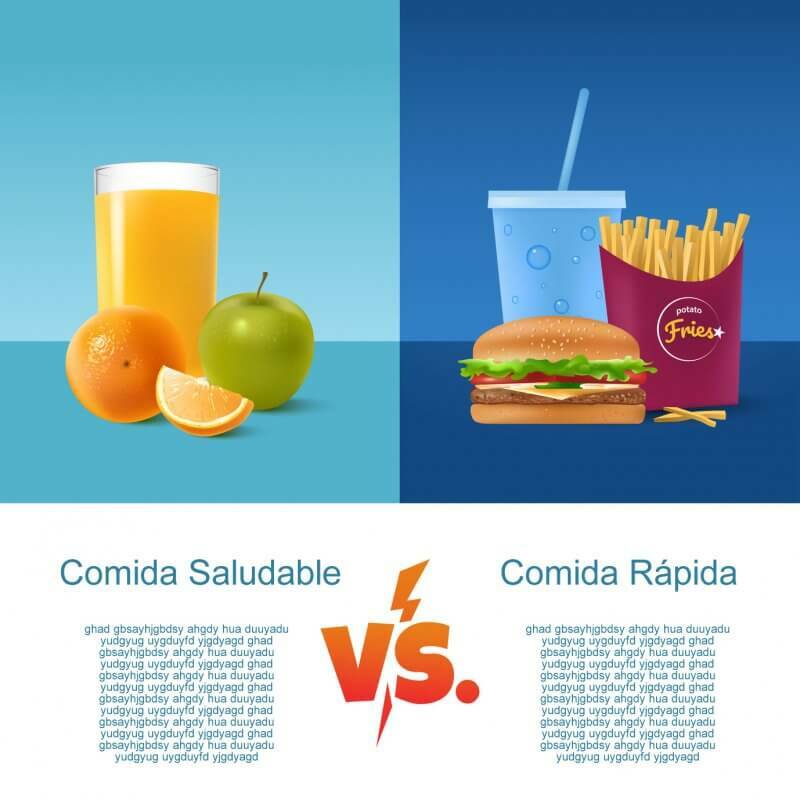10 Examples of Population, Sample and Variable
Miscellanea / / March 17, 2022
A population it is a group of elements or individuals on which a study will be made. A sample it is a representative part of the population that allows inferences to be made about the whole. A variable It is the characteristic that is analyzed in an investigation.
For example: In a study on the salaries of company managers, the population It is made up of all the managers who work in the companies of a country, the sample is a representative selection of those individuals and the variable is the salary that these subjects receive.
The terms population, sample, and variable are used in statistics, a discipline that is applied in scientific, government, or business investigations. business and in which data is collected, classified and analyzed in order to obtain information on phenomena or elements of the reality.
Population
In statistics, the term population is synonymous universe and refers to a set of elements that have similarities and about which information is to be obtained. For example: All the elephants of Africa.
The elements that make up a population are called individuals and can be people, animals, phenomena, objects, among others.
Population types
There are two types of population:
Sample
When it is not possible to carry out a statistical investigation on the entire population, a sample is selected, that is, a representative part of the whole. For example: 300 elephants randomly selected from a population of 1,500 individuals.
To choose the individuals that will integrate a sample, different techniques of sampling and it is always necessary to keep in mind that this cut must serve to make inferences and draw conclusions about the entire population and that it must show the characteristics of the whole.
sample types
There are different types of sample, which are classified according to the method used to select their individuals:
Variable
In statistics, a variable is the characteristic of a population to be analyzed and that is measured by scales. For example: The age of the people in a population.
A variable can take different values, which are expressed in words or numbers (depending on what type of characteristic being analyzed) and that allow to record how a quality changes from an individual of the population or of the sample to other.
For example, if the variable is the annual monetary income of the companies, the values change in relationship with each company, since one may have $3,400,000 in annual monetary income and another, $5.678.500.
Variable Types
Variables are classified by whether they are assigned numeric or non-numeric values and by their relationship to other variables.
Depending on whether they are assigned numeric or non-numeric values, the variables can be:
According to its relationship with other variables, They may be:
Examples of population, sample and variable
- A government is studying the educational level achieved by the inhabitants of a city.
- Population: All the inhabitants of a city.
- Sample: 3,500 randomly selected inhabitants.
- Variable: The educational level, whose values can be primary, preparatory, university or tertiary.
- A group of biologists is studying the feeding of birds in an area.
- Population: All the birds in an area.
- Sample: 15 birds from each cluster, that is, from each type of bird.
- Variable: The food, whose values can be seeds, fruits, berries, cereals, etc.
- A group of economists is studying the income of factories in a country.
- Population: All factories in a country.
- Sample: 80 factories from different parts of the country chosen at random.
- Variable: Income, whose values are represented by real numbers.
- A tourism company is studying which places are the most chosen to go on vacation.
- Population: All the inhabitants of a city.
- Sample: 15,000 randomly selected individuals.
- Variable: Tourist destinations, whose values can be beach, mountain, another city, etc.
- A group of sociologists is studying how much is the amount of expenses of a typical family.
- Population: All the families of a country.
- Sample: 5,000 families from a country chosen at random.
- Variable: The amount of expenses, expressed in real numbers.
- A team of marketing is studying which garments are most purchased by customers.
- Population: All individuals in a city.
- Sample: All customers of ten shopping centers.
- Variable: Garments, whose values can be sneakers, pants, t-shirts, jackets, etc.
- The Ministry of Health of a country is studying which are the drugs that are most consumed to treat tonsillitis.
- Population: All the inhabitants of a country.
- Sample: Patients who attend the hospitals that have been selected.
- Variable: Medicines, whose values are the names of the different remedies.
- A group of engineers is studying which are the most widely used thermal insulators in building construction.
- Population: All buildings in an area.
- Sample: 70 randomly selected buildings.
- Variable: Insulators, whose values can be foam glass, wood wool slabs, wood fibers, among others.
- A newspaper wants to know what people think about a movie..
- Population: All the people who saw that movie.
- Sample: People who attend three selected cinemas on a given date.
- Variable: The film's rating, whose values can be excellent, very good, good, fair, poor or very poor.
- An NGO is investigating how much electricity is consumed by different household appliances.
- Population: All appliances.
- Sample: A selection of three models of each type of appliance.
- Variable: The electrical energy consumption, which is expressed with real numbers.
It can serve you:



